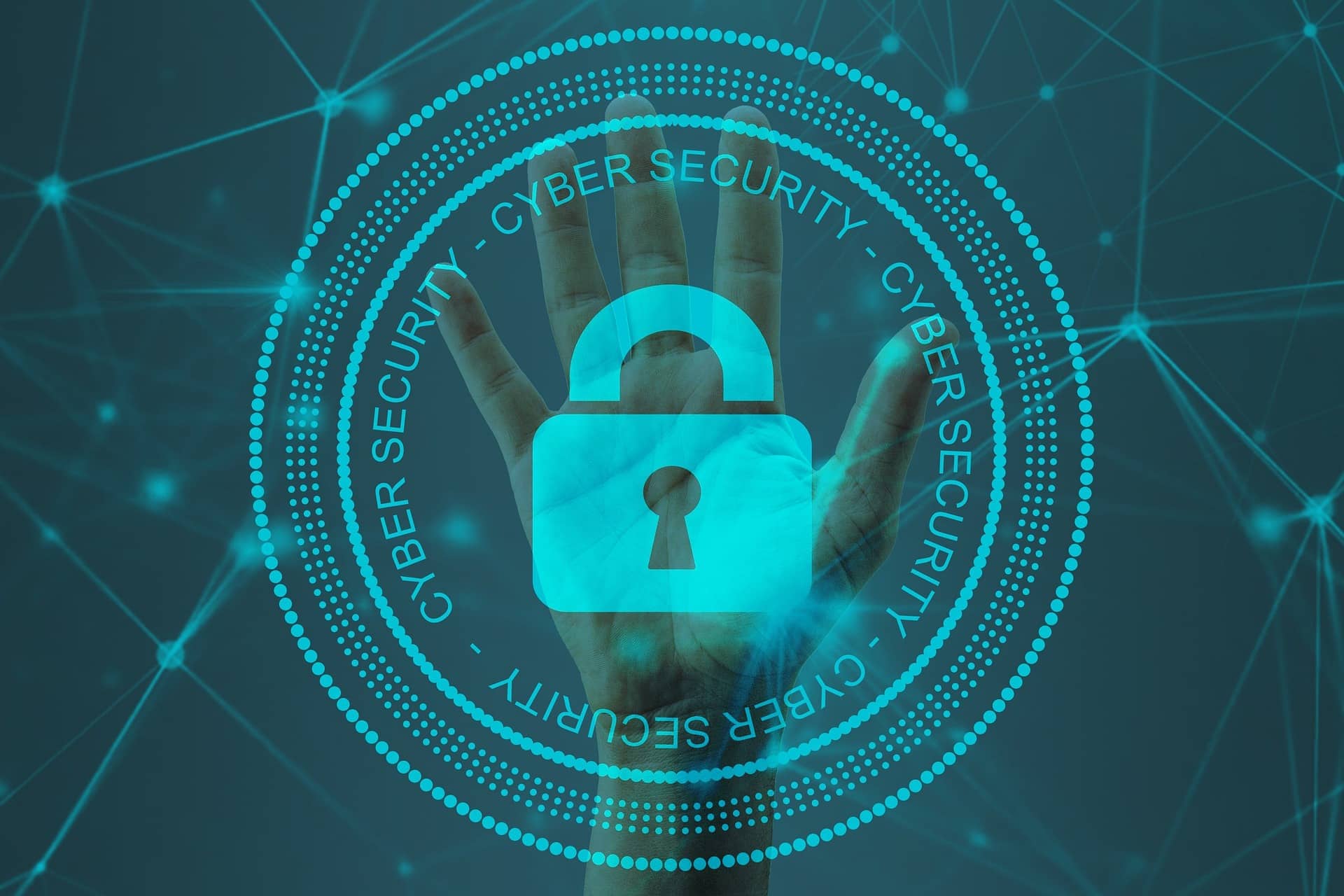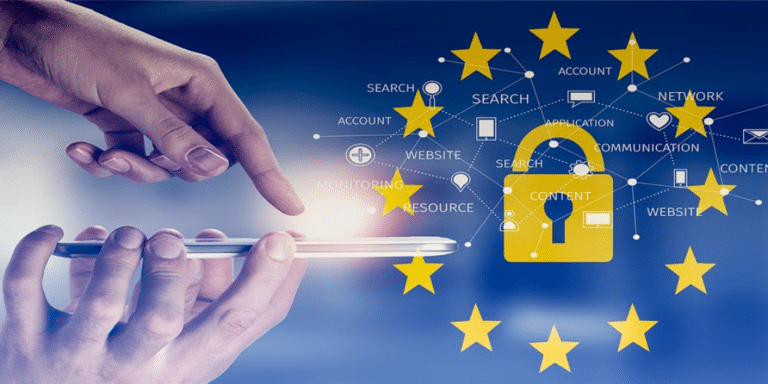Throughout the past month (October is National Cybersecurity Awareness Month), the Cybersecurity and Infrastructure Security Agency (CISA) and the National Cybersecurity Alliance (NCA) have been highlighting key action steps everyone should take to keep themselves secure online.
Chief among them being:
- How to recognize and report phishing scams
- Keeping your software up to date
- The importance of using strong passwords (here’s what you need to know)
- Enabling multi-factor authentication
While following this advice can help to thwart cyberattacks, the threat of cyberattacks still exists.
In order for businesses to be prepared, they must first understand what these threats are and learn the innovative ways to combat them.
In this post, we explore five of the latest cybersecurity trends.
Cybersecurity Trends
AI Enabled Threat Detection
With the sheer volume of cyber threats becoming too much for humans to handle alone, organizations are increasingly turning to artificial intelligence (AI) and machine learning (ML) to aid in their cyber defenses.
AI has been paramount in building automated security systems, natural language processing, face detection, and automatic threat detection.
With advances in both AI and ML, they can help enable cybersecurity systems that assess attack trends, predict new attacks, and notify security administrators of any data breaches instantly.
Security in the Cloud
With the widespread adoption of remote working, there has been a drastic increase for the need of cloud-based services and infrastructure.
While cloud services can be cost-effective, increase speed and flexibility, and allow for greater productivity, they are also a prime target for cybercriminals.
Misconfigured cloud settings are a significant cause of data breaches and unauthorized access.
This means organizations must take steps to minimize cloud threats and adopt cloud protection measures, such as penetration testing.
IoT Attacks
The Internet of Things (IoT) refers to the collective network of connected devices and the technology that facilitates communication between devices and the cloud. It encompasses everything from smart thermostats to driving cars to medical sensors to security systems.
By some estimates, there will 64 billion IoT devices installed around the world within the next few years.
Unfortunately, most IoT devices have limited processing and storage capabilities which makes it harder for them to employ firewalls, antivirus protection, and other security applications.
And with so many devices on the market, this increases the number of potential entry points for malicious actors.
As a result, businesses must prepare and plan for this cybersecurity trend that is only expected to become more prominent.
Mobile Risks
Whether they’re onsite or working remotely, workers everywhere use a range of mobile devices in both their professional and personal lives.
And because these devices, such as smartphones and tablets, can store massive amounts of both sensitive and personal data, cybercriminals have escalated their targeting of them.
Since there is no single method to protect apps in insecure environments, organizations must work to add additional layers of security to mobile devices in order to increase their overall level of security.
User Awareness
The theme of this year’s Cybersecurity Awareness Month campaign is, “See Yourself in Cyber.” This is to demonstrate that while cybersecurity may seem like a complex subject, ultimately, it’s really all about the people.
So no matter the strength of a company’s firewall or how sophisticated their IT protocols may be, it’s up to each individual user to practice cyber awareness.
In order to keep cybersecurity top-of-mind, organizations should regularly hold cybersecurity seminars to train staff and educate them on the latest threats.
Research does show that 80% of data breaches can be avoided by practicing simple cyber hygiene.








